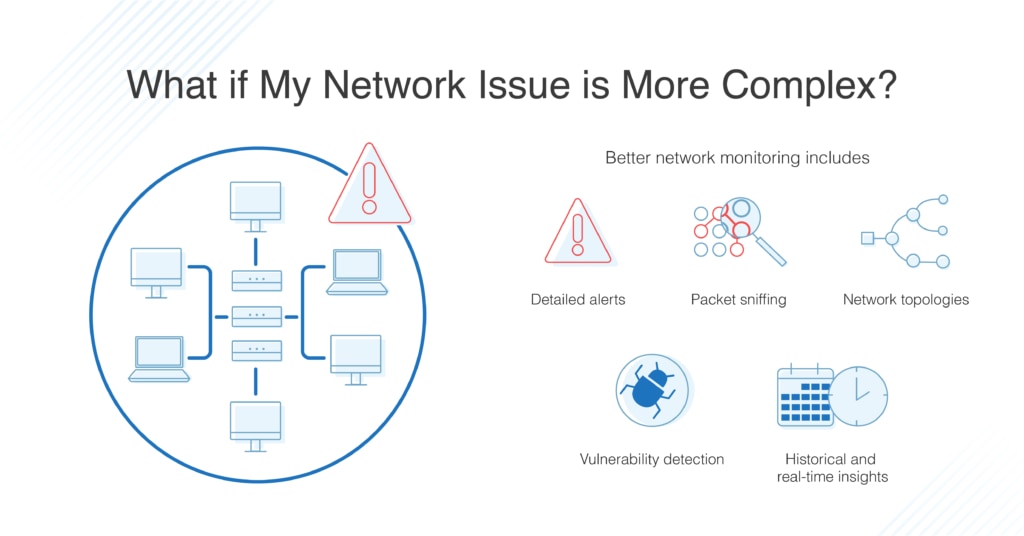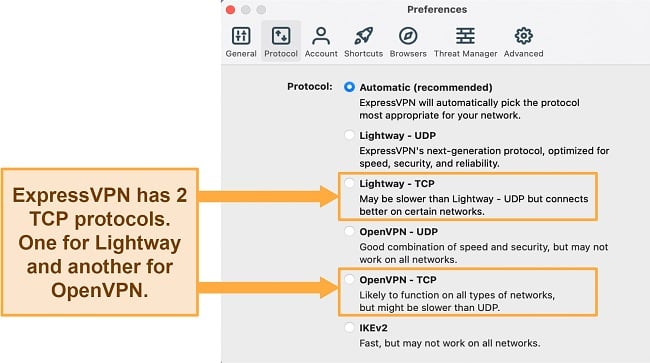Featured
Table of Contents
Troubleshooting - Ipvanish

The Routing and Remote Gain access to snap-in lives within the Microsoft Management Console, called the MMC. There are several ways to access the MMC. You can select the console from the Start menu's Programs choices, within the Administrative Tools folder within Windows server's Control Panel or by typing mmc at a command prompt.
As Tech, Republic's Brandon Vigliarolo demonstrates within his video at the start of this article, the Solutions console displays the status of the Routing and Remote Access entry. From within the Providers console and with the Routing and Remote Access entry highlighted, you can click Start the Service or right-click the entry and choose Restart.
Often the VPN client and VPN server are set to using different authentication approaches. Confirm whether an authentication mistake is the issue by opening the server console. Yet another technique of accessing the MMC is to type Control+R to open a command timely in which you can type mmc and hit Get in or click OK.
If the entry isn't present, click File, choose Add/Remove Snap-in, pick the Routing and Remote Gain access to choice from the options and click Add, then OK. With the Routing and Remote Gain access to snap-in included, right-click on the VPN server and click Residences. Then, evaluate the Security tab to confirm the authentication method.
Troubleshooting - Ipvanish
Ensure the VPN customer is set to the authentication approach specified within the Security tab. Typically the products just examined are responsible for many VPN connection rejection mistakes. Other principles must be proper, too. For instance, if the Windows Server hosting the VPN hasn't joined the Windows domain, the server will be unable to authenticate logins.
IP addresses are another fundamental component for which administration must be correctly set. Each Web-based VPN connection normally uses two various IP addresses for the VPN customer computer. The very first IP address is the one that was designated by the customer's ISP. This is the IP address that's utilized to develop the initial TCP/IP connection to the VPN server online.

This IP address generally has the same subnet as the local network and thus allows the client to interact with the local network. When you set up the VPN server, you must set up a DHCP server to assign addresses to clients, or you can produce a bank of IP addresses to appoint to clients directly from the VPN server.


If this choice is selected and the efficient remote gain access to policy is set to allow remote access, the user will have the ability to connect to the VPN. I have been unable to re-create the scenario personally, I have actually heard reports that a bug exists in older Windows servers that can cause the connection to be accepted even if the efficient remote gain access to policy is set to deny a user's connection.
The Vpn Tunnel Goes Down Frequently. - Fortigate / Fortios ...

Another typical VPN problem is that a connection is successfully developed however the remote user is not able to access the network beyond the VPN server. By far, the most typical cause of this problem is that approval hasn't been granted for the user to access the entire network. To allow a user to access the whole network, go to the Routing and Remote Gain access to console and right-click on the VPN server that's having the problem.
At the top of the IP tab is an Enable IP Routing check box. If this check box is made it possible for, VPN users will be able to access the rest of the network, assuming network firewall programs and security-as-a-service settings allow. If the checkbox is not selected, these users will have the ability to gain access to just the VPN server, however nothing beyond.
For instance, if a user is dialing straight into the VPN server, it's generally best to set up a static path in between the client and the server. You can configure a static route by going to the Dial In tab of the user's properties sheet in Active Directory site Users and Computers and picking the Apply A Fixed Route check box.
Click the Add Path button and then enter the destination IP address and network mask in the space supplied. The metric need to be left at 1. If you're using a DHCP server to appoint IP addresses to clients, there are a number of other issues that could trigger users not to be able to surpass the VPN server.
Vpn Not Working On Windows - Common Errors & Fixes
If the DHCP server designates the user an IP address that is already in usage somewhere else on the network, Windows will spot the dispute and avoid the user from accessing the remainder of the network. Another typical issue is the user not receiving an address at all. Many of the time, if the DHCP server can't appoint the user an IP address, the connection won't make it this far.
254.x. x variety. If the client is designated an address in a variety that's not present within the system's routing tables, the user will be not able to browse the network beyond the VPN server. Other problems can add to this problem, too. Ensure the resources the user is attempting to gain access to are actually on the network to which the user is linking.
A VPN connection to the other subnet might, in reality, be needed. A firewall software or security as a service option might likewise be to blame, so don't forget to review those solutions' settings, if such components are present between the VPN server and the resources the user looks for to reach.
The very first possibility is that one or more of the routers involved is carrying out IP packet filtering. I suggest inspecting the customer, the server and any devices in between for IP package filters.
Latest Posts
Best Business Vpn In 2023 [Ranked & Reviewed]
The Best Vpns For Small And Home-based Businesses
7 Best Vpns For Business In 2023 And Some To Avoid